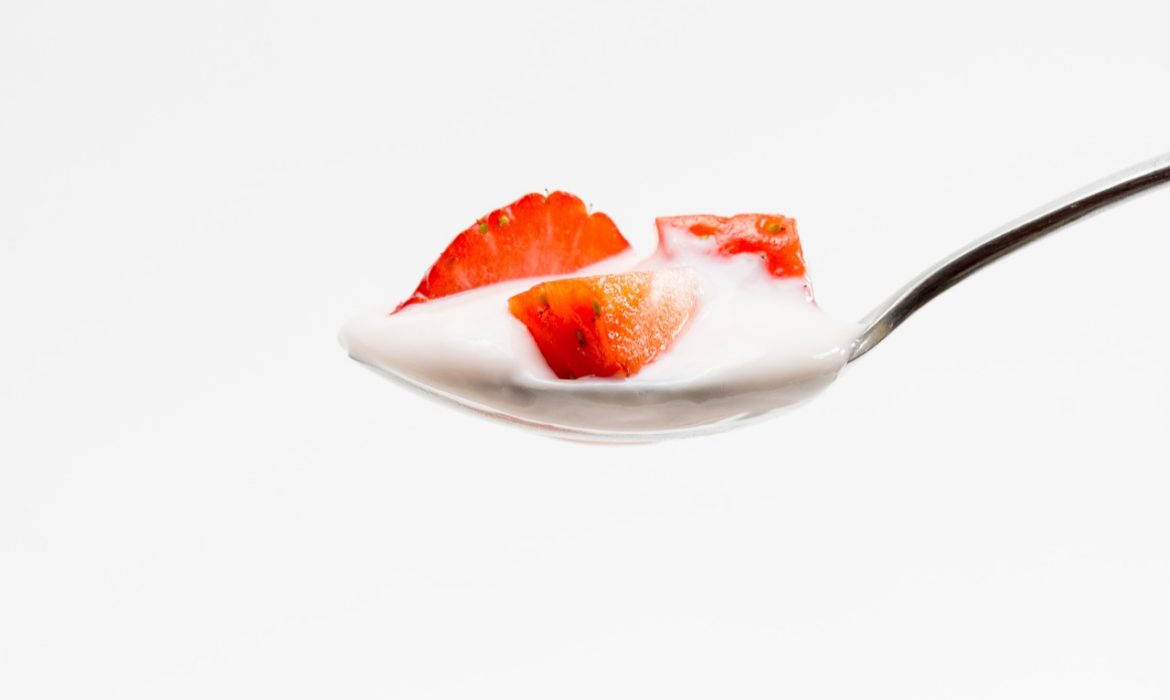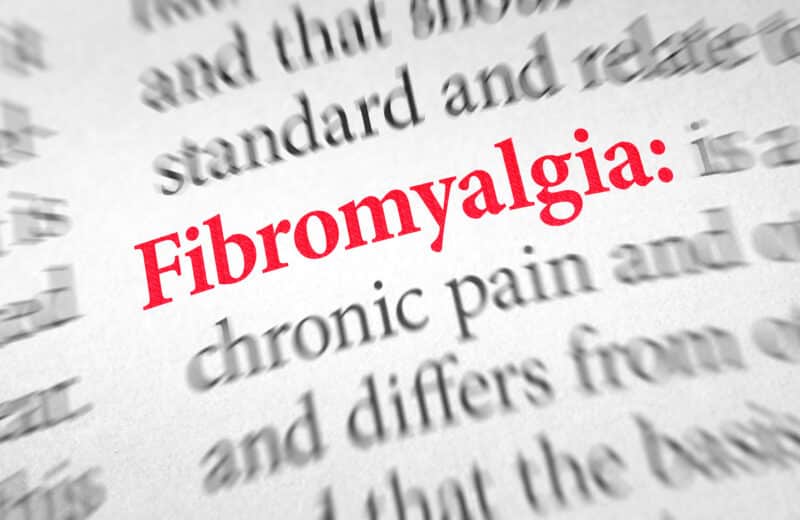There have been plenty of discussions about using prebiotics and probiotics in your child’s diet, and there has been a lot of discussion lately (in both medical and lay literature) surrounding the use of prebiotics and probiotics.
What is the difference between the two?
The first question patients/parents often ask is what is the difference between the two “biotics”? Prebiotics are non-digestible nutrients that are found in foods such as legumes, fruits and whole grains. They are also found in breast milk. Prebiotics have also been called fermentable fiber. Once ingested, prebiotics may be used as an energy source for the good bacteria that live in the intestines. Probiotics are beneficial live bacteria that you actually ingest. These bacteria then pass from the stomach into the intestine to promote “gut health.” The gut is full of bacteria, and these are the “good bacteria.”
There are currently hundreds of different probiotics being marketed. The research on the value of using prebiotics and probiotics has been ongoing, but there are actually very few randomized, double blind, controlled studies to show that prebiotics and probiotics provide any true benefit to treat many of the diseases that they are marketed to treat.
There are several areas where probiotics have been shown to be beneficial. By beginning probiotics early in the course of a viral “tummy infection” in children, the length of diarrhea may be reduced by one day. Probiotics have also been shown to be moderately effective in helping to prevent antibiotic associated diarrhea, but not for treatment of that diarrhea.
There are also studies that are looking at giving very low birth weight premature infants probiotics to help prevent a serious intestinal infection called necrotizing enterocolitis. To date, there seems to be evidence to support this; and there are currently more ongoing studies. Studies are also being done to look at the use of probiotics as an adjunct to the treatment of irritable bowel syndrome, infantile colic and chronic ulcerative colitis as well as to possibly prevent eczema. While preliminary results are “encouraging,” there is not enough evidence to date to support their widespread use. In the meantime, there are so many different products available.
Prebiotics and probiotics are now often found in dietary supplements as well as in yogurts, drink mixes and meal replacement bars. It is important to read the label to see if these products are making claims that are not proven such as, “protects from common colds” or “good bacteria helps heal body.” Many of the statements seem too good to be true!
Until further studies are done, there is no evidence that these products will harm otherwise healthy children. At the same time there is not a lot of data to recommend them. They should never be used in children who are immunocompromised, or who have indwelling catheters as they may cause infection. This is a good topic to discuss with your doctor as well.
(Dr. Sue Hubbard is an award-winning pediatrician, medical editor and media host. “The Kid’s Doctor” TV feature can be seen on more than 90 stations across the U.S. Submit questions at http://www.kidsdr.com. The Kid’s Doctor e-book, “Tattoos to Texting: Parenting Today’s Teen,” is now available from Amazon and other e-book vendors.)












